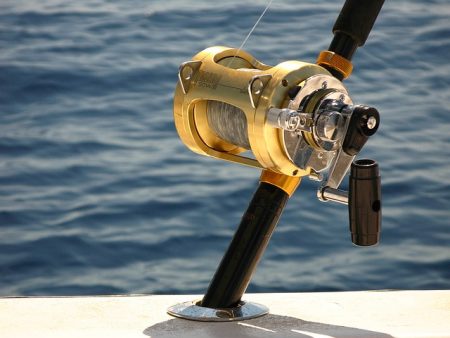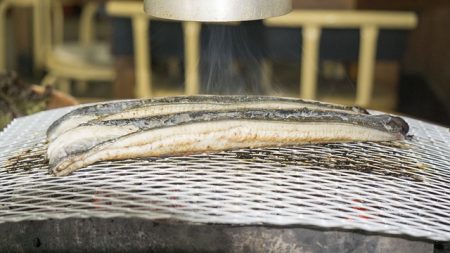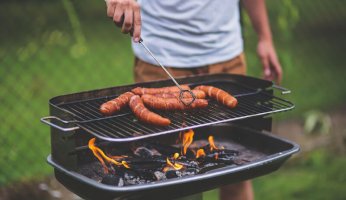How to Catch Eels
 How to Catch Eels
gearweare.net
How to Catch Eels
gearweare.net
I know that when most anglers think of fishing, eels are probably the last fish that they would go after. However, freshwater eels are an abundant and fun target. They put up a great fight, and nothing is quite like the experience of having an eel wrap around your arm as you try to remove the hook. They are also delicious when prepared properly.
Table of Contents
What to Bring
Eels are about the weight of a large bass, so gear up accordingly. A medium weight rod should be used and anything between six and eleven feet long is fine. A medium capacity spinning reel should be used with six to ten pound abrasion resistant monofilament line works best.

For bait, anything you would use on catfish will work on eels. Eels are bottom feeders with small mouths, and will eat just about everything. They like insect larvae, small minnows, and dead fish. The eel’s sense of taste is actually stronger than a channel catfish. Earthworms, chicken livers, and small pieces of oily cut bait all work well to attract a strike from an eel.
For your hook, it needs to be small but strong. A number two to a number six size long shank hook is fine, but do not use fine-wire hooks. A strong eel will actually straighten out a thin hook in order to escape. Their long bodies give eels more power when fighting, so go with an Aberdeen style hook.
Where to Find Them
Eels in North America actually spawn in the ocean, but live in fresh water. In the spring, these eels journey from their ponds, lakes, and streams to the ocean. They spawn in saltwater and then the females die. The newborn eels stay in the Gulf Stream for a year before they head towards fresh waters. Eels can actually crawl across land and structures in short spurts to get to ideal water to live out their lives. The males stay in streams near the coast, while the females move thousands of miles inland. Once they have found an ideal home, they stay in deep waters during the day and come out at night to feed.

How to Catch Them
Fishing for eels is similar to fishing for bullheads. In ponds, sloughs, and lakes you should target shallow flats adjacent to deep water. As the eels emerge from deep water, your bait will be the first thing they see. In rivers, go after the riffles at the head of a deep hole. You can also target quiet, backwater areas near deep water. Of course night is the time to go after eels, and the best window is just after dark.

Dams are actually an ideal place to target eels. During migration eels will gather at the base of dams because of the obstacle, but also because food gathers there. It is common to find high concentrations of minnows and dead fish just below a dam. Once you find an eel, be quick to set the hook. Otherwise they are sure to swallow it whole. Also, eels are incredibly slippery. If there is sand around, rub some sand on your hands to give you a little added grip before picking one up.
Be prepared that an eel will display a lot more movement than a fish. It will thrash back and forth and try to wiggle into any small hole it can to avoid capture. In some cases, the eel can get a tight grip on a hole and make it nearly impossible to pull it free. Because of this, you are better off to get the eel out of the water and pin it down as quickly as possible.
How to Cook Them
Most people would not know where to start with cleaning and cooking an eel. Your best bet is to wrap cordage around its head and tie it just below the gills. Suspend it from something sturdy. Use your filet knife to cut around the body just below the cordage. You want to just penetrate the skin and not the flesh. Then take pliers and pull the skin down all the way past the tip of the tail. You can gut it just like a fish, remove the fins, and cut off the head.

Eel has a flaky white flesh and can be fried like catfish, smoked like salmon, or baked with butter and lemon. Be aware that the flavor of the eel will embody where it lives. If you catch it in murky, swampy water it will taste more like catfish. If you catch it in a clear stream or near a dam, it will have a flavor that is cleaner.












